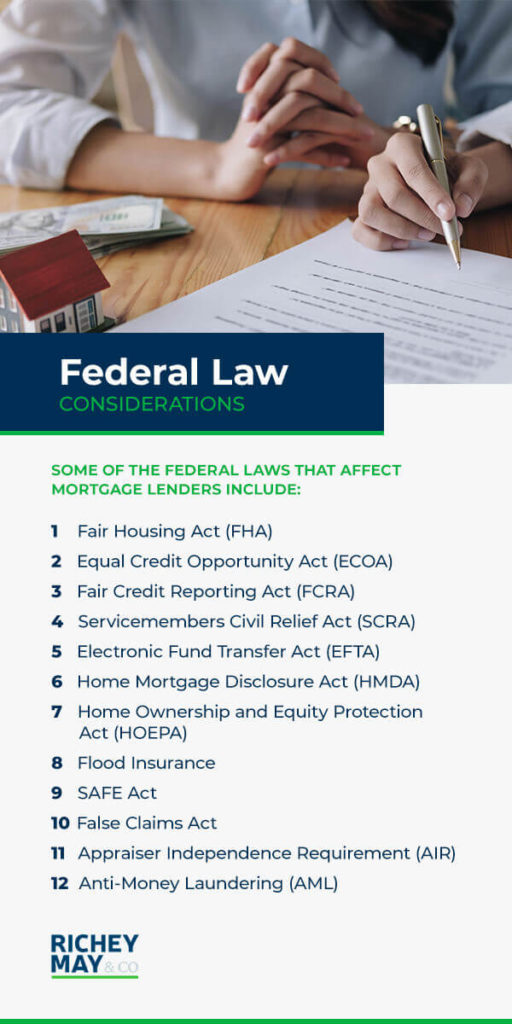In today’s tightly regulated financial environment, compliance risk is one of the most significant challenges facing mortgage lenders in the United States. Failure to adhere to complex federal, state, and local regulations can result in hefty fines, legal penalties, damaged reputations, and even license revocation.
But what exactly is compliance risk, and what should mortgage lenders do to manage it effectively? Let’s explore this critical area of risk management in depth.
Compliance risk refers to the potential for legal or regulatory sanctions, financial loss, or reputational damage that arises when a mortgage lender fails to follow applicable laws, regulations, or internal policies.
This includes laws related to:
- Truth in lending
- Consumer protection
- Anti-discrimination
- Fair housing
- Data privacy and security
- Anti-money laundering
Given the high degree of regulatory oversight in mortgage lending, staying compliant is not just a best practice—it’s a legal necessity.
TILA requires lenders to provide clear, accurate, and timely disclosure of loan terms and costs. Failing to comply can lead to:
- Penalties
- Borrower lawsuits
- Damaged trust
RESPA regulates how closing costs are disclosed and prohibits kickbacks for referrals. Violations can result in enforcement actions by the Consumer Financial Protection Bureau (CFPB).
These laws prohibit discrimination in lending. Lenders must ensure fair treatment for all applicants regardless of race, religion, gender, age, or marital status. Non-compliance can trigger major legal liabilities and reputational harm.
Under Dodd-Frank, lenders must meet Ability-to-Repay (ATR) and Qualified Mortgage (QM) rules. Missteps here could result in lawsuits or a requirement to repurchase loans.
The TILA-RESPA Integrated Disclosure (TRID) rule requires the use of Loan Estimate and Closing Disclosure forms. Errors or delays in disclosures can halt closings or cause compliance violations.
Mortgage lenders must report suspicious activity and ensure proper identity verification. Inadequate compliance can draw scrutiny from regulators and law enforcement.
- Inadequate training of staff
- Outdated loan origination systems (LOS)
- Inconsistent policies across branches
- Poor recordkeeping and audit trails
- Failure to keep up with changing regulations
A CMS includes:
- Written policies and procedures
- Internal controls and audits
- Ongoing training programs
- Clear lines of responsibility
Lenders must monitor updates from regulatory bodies like:
- CFPB
- HUD
- Federal Reserve
- State banking regulators
Modern compliance software can help with:
- Document tracking
- Automated disclosures
- Regulatory reporting
- Risk scoring and monitoring
Internal and third-party audits help detect issues early and assess the effectiveness of your compliance program.
Everyone—from loan officers to executives—must understand the importance of regulatory compliance. Incentives should reward compliant behavior, not just volume.
Non-compliance can lead to:
- Civil penalties (e.g., fines, restitutions)
- Criminal prosecution (in cases of fraud or willful misconduct)
- Loss of licenses or business closure
- Reputational damage that affects customer trust
In mortgage lending, compliance risk is not optional—it’s foundational. With increasing scrutiny from regulators and growing complexity in the mortgage landscape, lenders must proactively manage risk by building strong systems, training their staff, and embracing modern tools.
By understanding and mitigating compliance risk, mortgage lenders can not only avoid penalties but also create a safer, more transparent, and customer-friendly lending environment.

